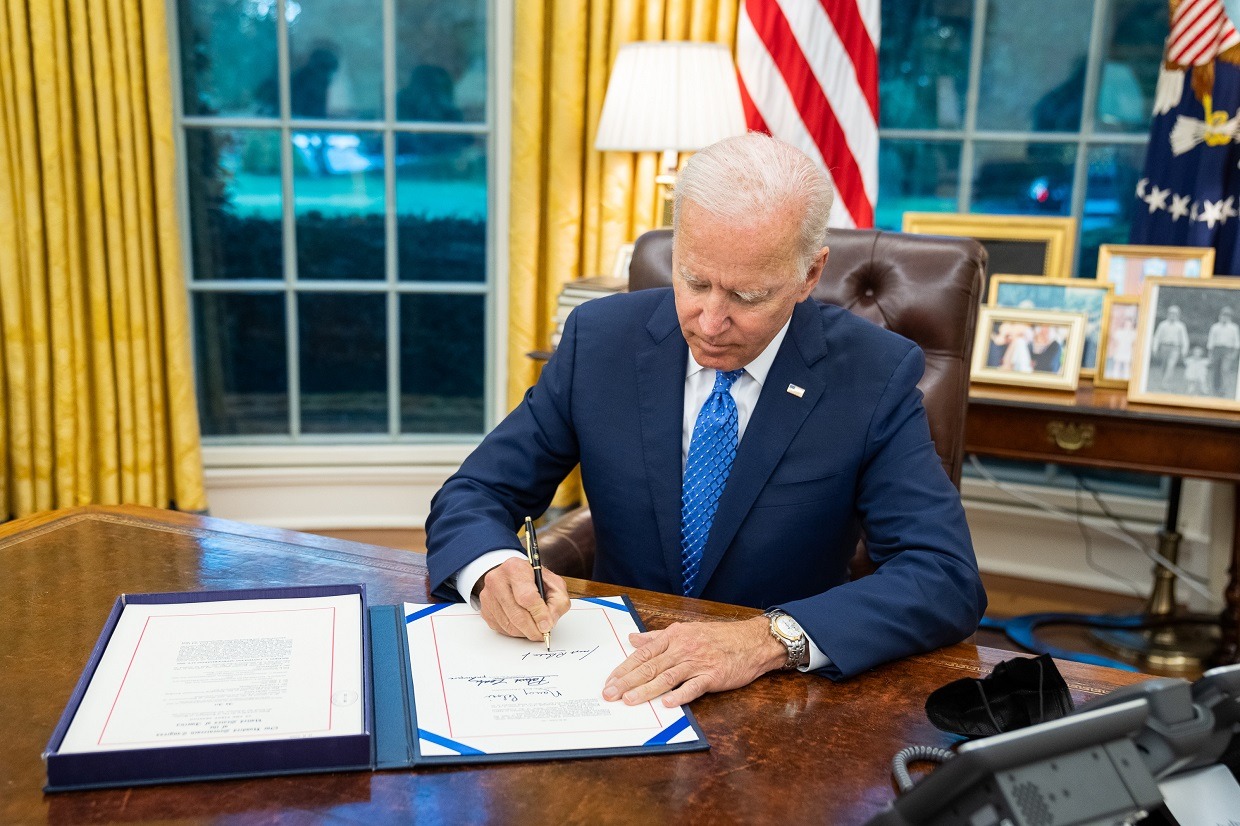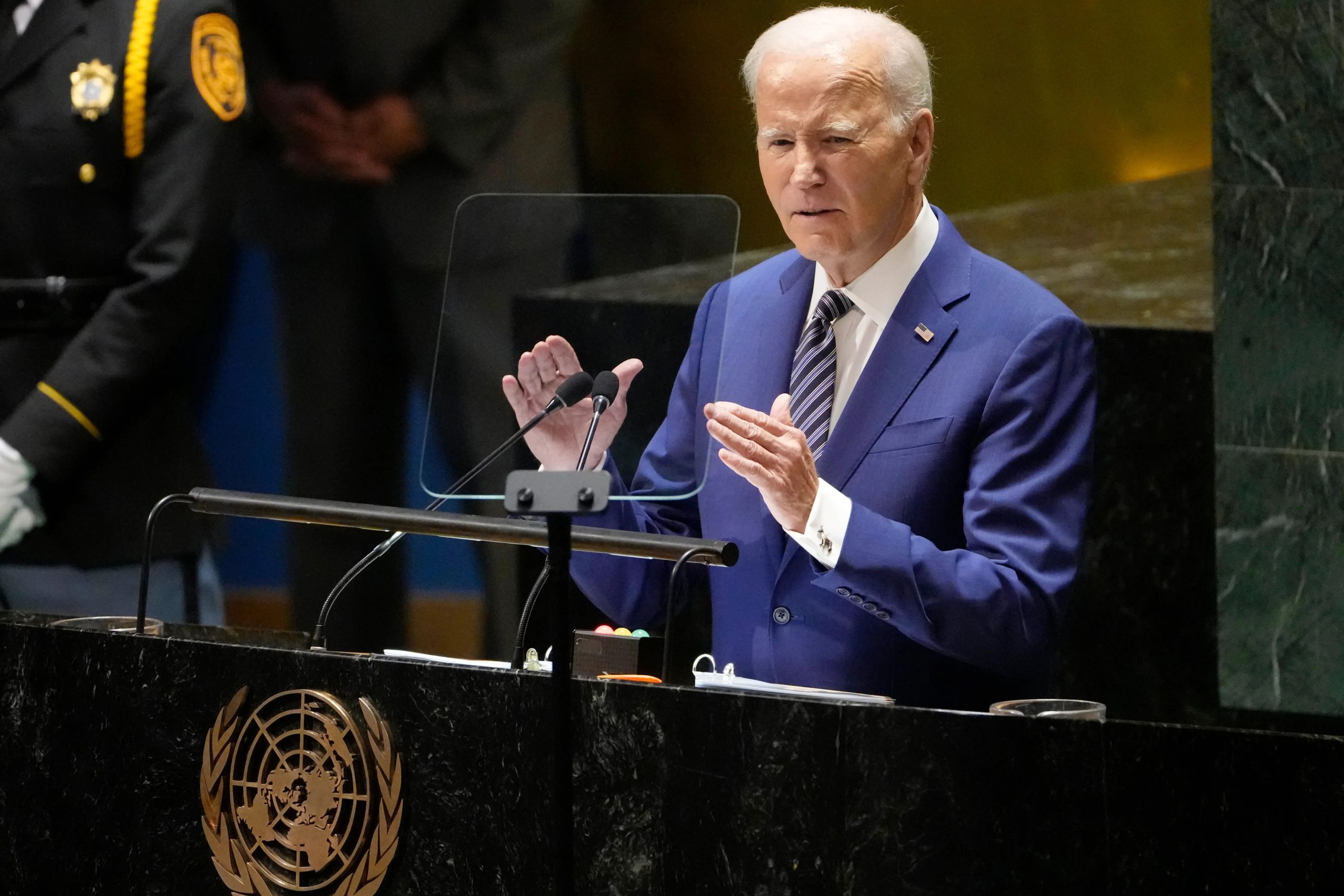The Biden administration has proposed a defense budget for fiscal 2025 that represents only a 1 percent increase from the previous year, citing budget caps agreed upon last summer that limit spending increases to 1 percent for the next two years.
The $895.2 billion proposal is the highest defense budget ever but falls short of what the Pentagon had hoped for in terms of quickly refilling weapons stocks depleted by conflicts in Ukraine and Israel.
The budget includes a 4.5 percent pay raise for service members, funding to bolster the U.S. and allied security presence in the Indo-Pacific, and over $147 billion to maintain troop readiness.

(Credits: Global Government Forum)
It also includes $500 million in presidential drawdown authority for Taiwan, marking the first time such authority has been directed at a specific country.
However, the budget will slow down purchases of F-35 fighter jets, air defenses for Guam, and orders for aircraft carriers and Virginia-class submarines. The plan also aims to retire older ships and aircraft deemed too costly to maintain and operate, such as the A-10 Warthog.
The budget has already faced criticism from Republicans, with Rep. Mike Rogers stating that the top-line number fails to keep pace with inflation and the threats facing the nation.

Biden (Credits: ABC27)
However, Deputy Secretary of Defense Kathleen Hicks defended the budget, saying that the administration made smart decisions within the budget limitations imposed by the budget deal cut last year.
The budget also includes support for U.S. and allied posture in Europe, funding for the Ukraine Security Assistance Initiative, and investments in artificial intelligence efforts.
The Pentagon is also requesting funding for the Sentinel program, the new intercontinental ballistic missile (ICBM) that will replace the Minuteman III, as well as funding for the Columbia-class next-generation nuclear submarine and the B-21 next-generation nuclear bomber plane.






















